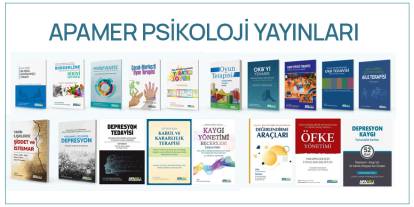Soldiers' Stress: What Doctors Get Wrong about PTSD

By David Dobbs / Sciam.com
The syndrome of post-traumatic stress disorder (PTSD) is under fire because its defining criteria are too broad, leading to rampant overdiagnosis.
The flawed PTSD concept may mistake soldiers' natural process of adjustment to civilian life for dysfunction.
Misdiagnosed soldiers receive the wrong treatments and risk becoming mired in a Veterans Administration system that encourages chronic disability.
In 2006, soon after returning from military service in Ramadi, Iraq, during the bloodiest period of the war, Captain Matt Stevens of the Vermont National Guard began to have a problem with PTSD, or post-traumatic stress disorder. Stevens's problem was not that he had PTSD. It was that he began to have doubts about PTSD: the condition was real enough, but as a diagnosis he saw it being wildly, even dangerously, overextended.
Stevens led the medics tending an armored brigade of 800 soldiers, and his team patched together GIs and Iraqi citizens almost every day. He saw horrific things. Once home, he said he had his share of "nights where I'd wake up and it would be clear I wasn't going to sleep again."
He was not surprised: "I would expect people to have nightmares for a while when they came back." But as he kept track of his unit in the U.S., he saw troops greeted by both a larger culture and a medical culture especially in the Veterans Administration (VA) that seemed reflexively to view bad memories, nightmares and any other sign of distress as an indicator of PTSD.
"Clinicians aren't separating the few who really have PTSD from those who are experiencing things like depression or anxiety or social and reintegration problems or who are just taking some time getting over it," Stevens says. He worries that many of these men and women are being pulled into a treatment and disability regime that will mire them in a self-fulfilling vision of a brain rewired, a psyche permanently haunted.
Stevens, now a major and still on reserve duty while he works as a physician's assistant, is far from alone in worrying about the reach of PTSD. Over the past five years or so, a long-simmering academic debate over PTSD's conceptual basis and incidence has begun to boil over. It is now splitting the practice of trauma psychology and roiling military culture. Critiques originally raised by military historians and a few psychologists are now advanced by a broad array of experts indeed, giants of psychology, psychiatry and epidemiology. They include Columbia University's Robert L. Spitzer and Michael B. First, who oversaw the last two editions of the American Psychiatric Association's Diagnostic and Statistical Manual of Mental Disorders, the DSM-III and DSM-IV; Paul McHugh, former chair of Johns Hopkins University's psychiatry department; Michigan State University epidemiologist Naomi Breslau; and Harvard University psychologist Richard J. McNally, a leading authority in the dynamics of memory and trauma and perhaps the most forceful of the critics. The diagnostic criteria for PTSD, they assert, represent a faulty, outdated construct that has been badly overstretched so that it routinely mistakes depression, anxiety or even normal adjustment for a unique and especially stubborn ailment.
This quest to scale back the definition of PTSD and its application stands to affect the expenditure of billions of dollars, the diagnostic framework of psychiatry, the effectiveness of a huge treatment and disability infrastructure, and, most important, the mental health and future lives of hundreds of thousands of U.S. combat veterans and other PTSD patients. Standing in the way of reform is conventional wisdom, deep cultural resistance and foundational concepts of trauma psychology. Nevertheless, it is time, as Spitzer recently argued, to "save PTSD from itself."
Casting a Wide Net
The overdiagnosis of PTSD, critics say, shows in the numbers, starting with the seminal study of PTSD prevalence, the 1990 National Vietnam Veterans Readjustment Survey (NVVRS). The NVVRS covered more than 1,000 male Vietnam vets in 1988 and reported that 15.4 percent of them had PTSD at the time and that 31 percent had suffered it at some point since the war. That 31 percent has been the standard estimate of PTSD incidence among veterans ever since.









Türkçe karakter kullanılmayan ve büyük harflerle yazılmış yorumlar onaylanmamaktadır.